May 5-11, 2024
Bringing on the Heat

Flowers, fragrant smells, and perfect temperatures—what more could you ask for during the peak of spring!
Week in Review
With the heat that arrived this week, it feels like we're at that magic moment of spring when everything is fully alive. Leaves are green and haven't started drying up, flowers are out in full force, the air is fragrant, and late afternoon temperatures are like velvet on your skin.
Then, to top it off, we ended the week with the best display of northern lights in decades. In the Methow Valley it was a show for the ages, with hours of dancing colors in every direction!
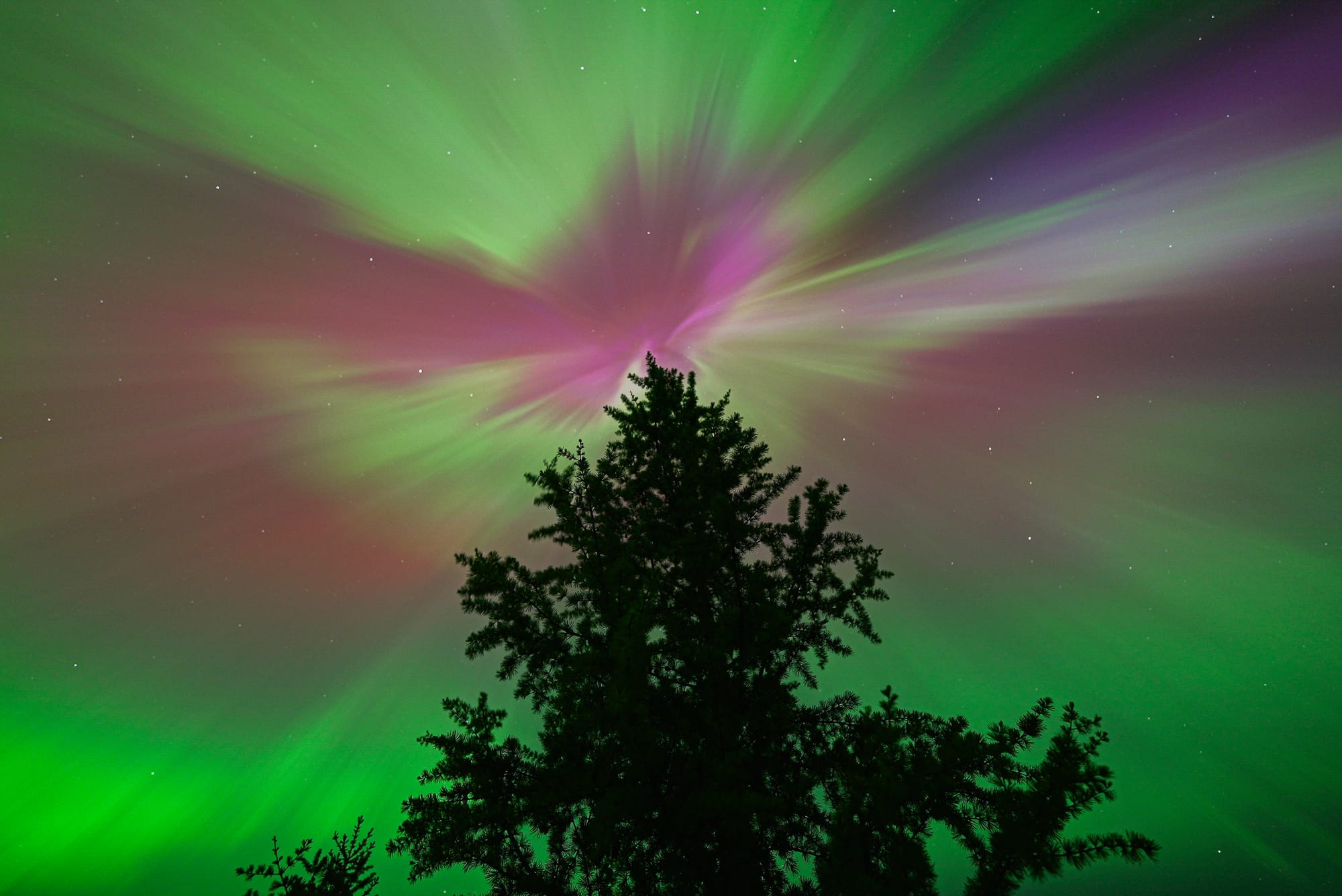
After a night like last night, everything else feels a bit subdued and normal in comparison, but there's still a lot going on. For example, it's delightful to see how many swallows are in the valley right now, and judging from the activity at our nest boxes they must be starting to lay eggs.
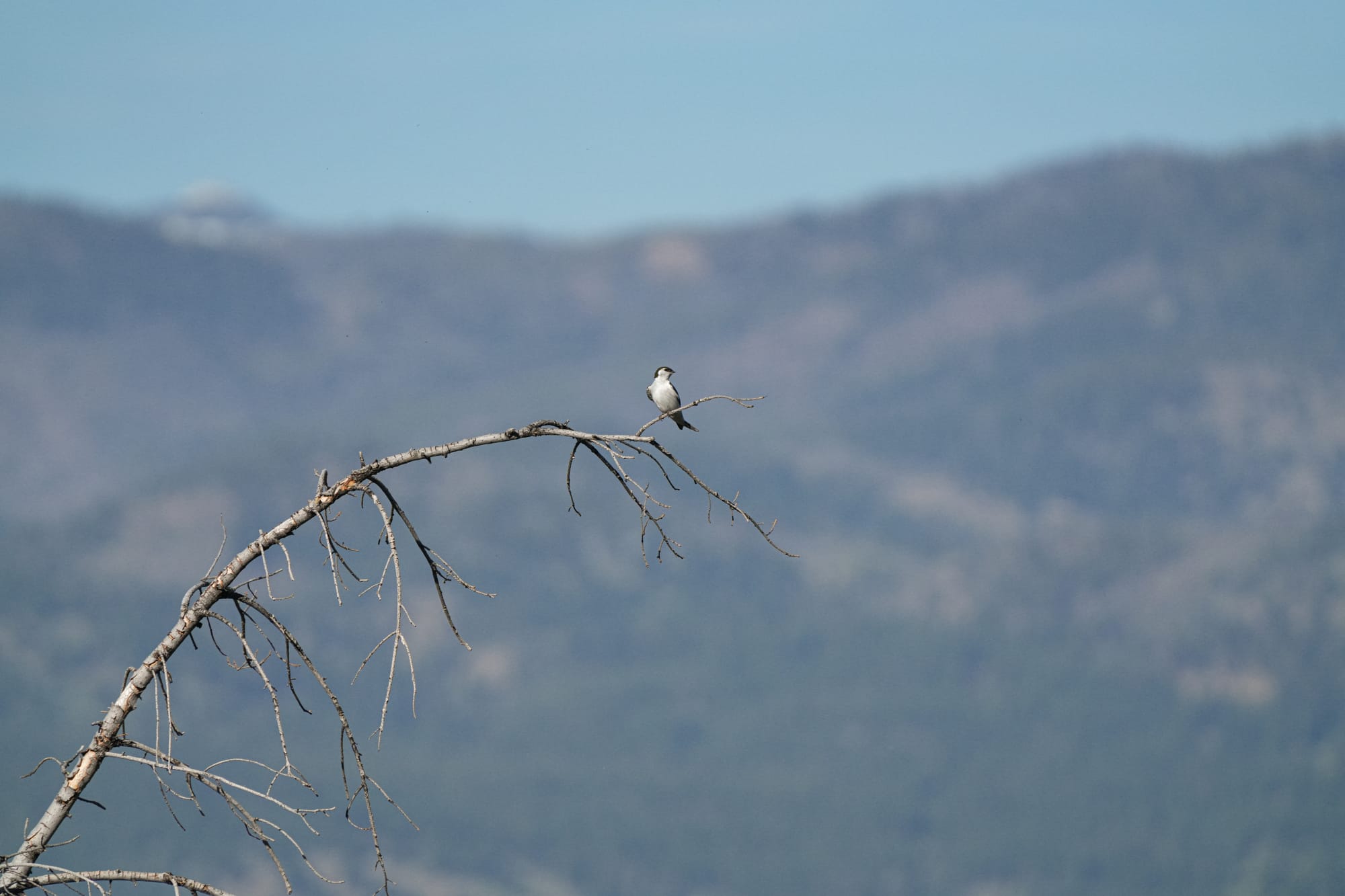
A tremendous variety of flowers are still blooming around the valley, but many of our shrub-steppe flowers are past their peak and the zone of flowering activity has moved upslope into cooler, shaded conifer forests. And at least a few of the early "mountain" flowers, like glacier lilies, are now blooming as well.
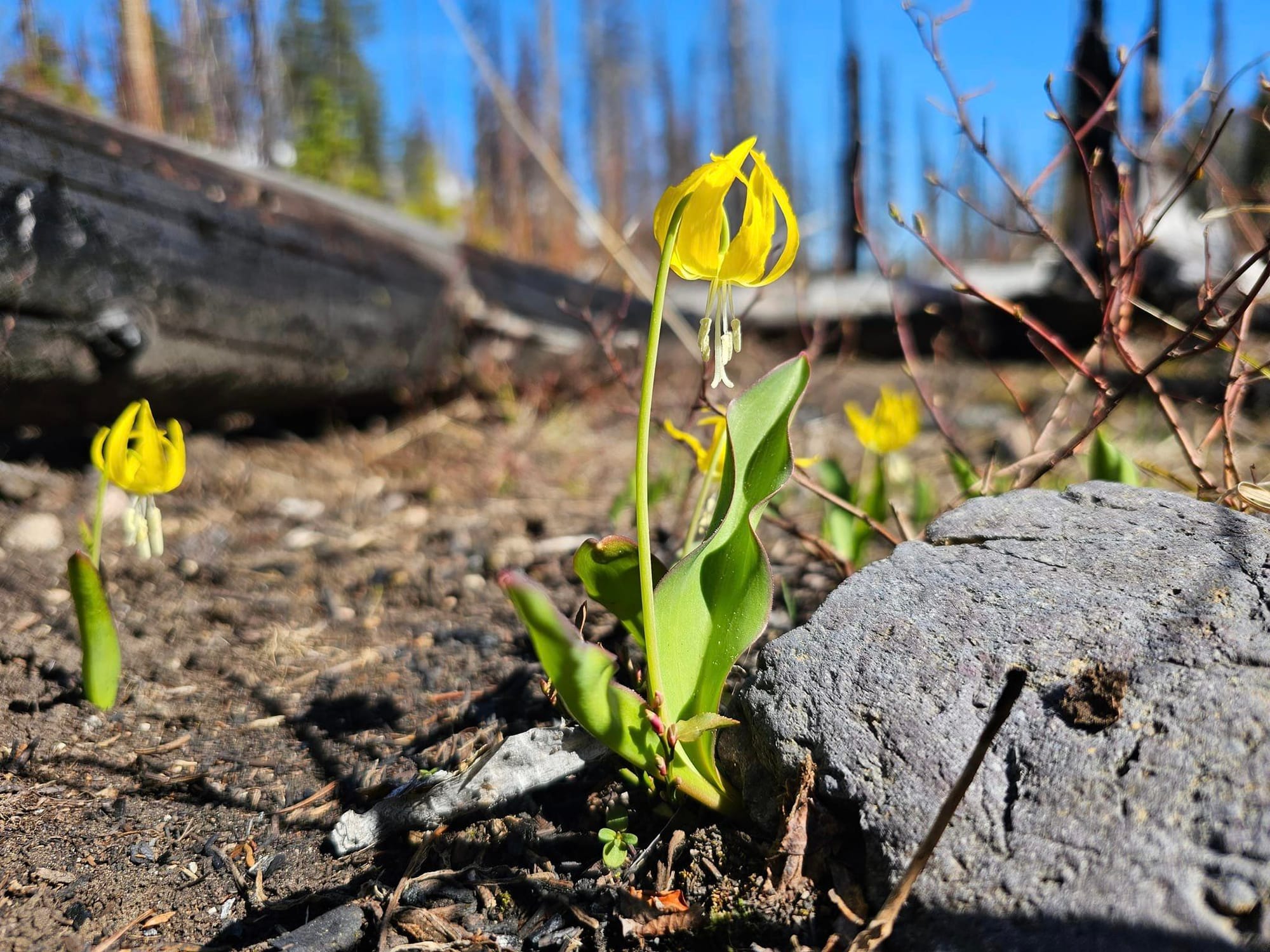
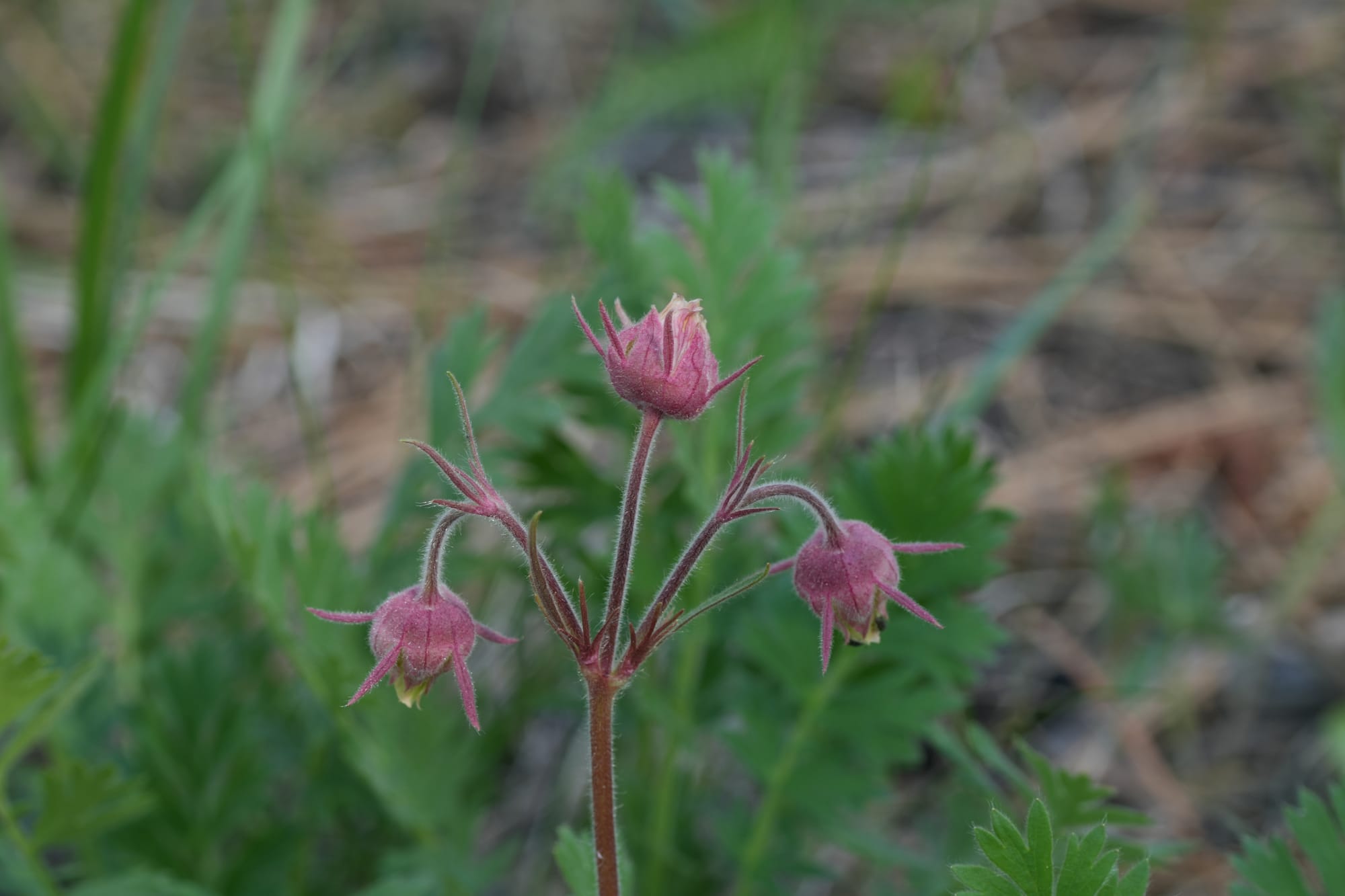
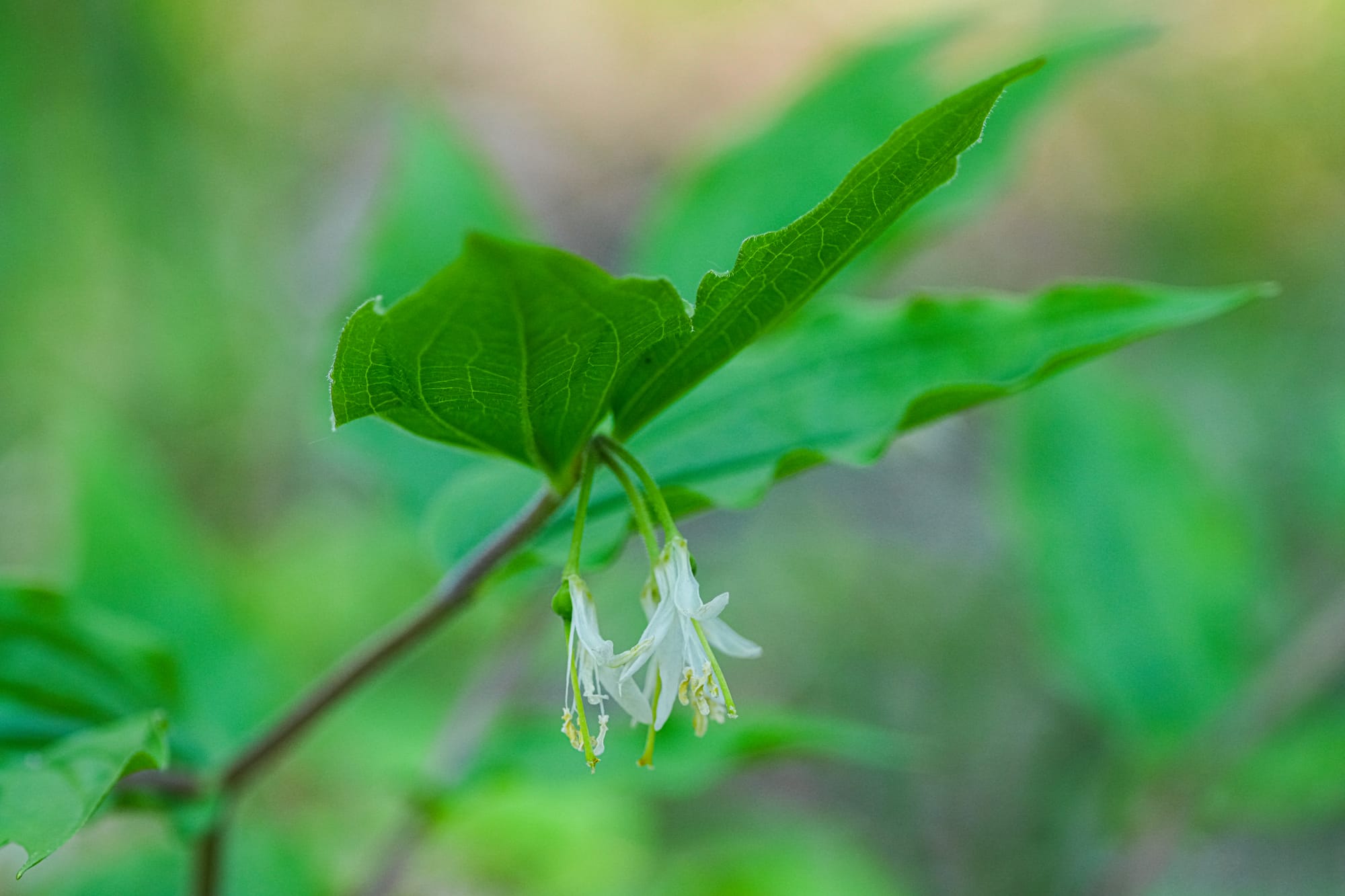
Purple avens (left) and fairy bells (right) in shaded forests at the Chickadee Trailhead. Photos by David Lukas
Along with flowers, this is a great time for watching insects. I haven't found dragonflies yet, but there are definitely lots of butterflies and pollinators. However, it's a little worrisome to be noticing large numbers of tiny grasshoppers. We all need to keep our fingers crossed that we won't be seeing a repeat of last summer's infestation.
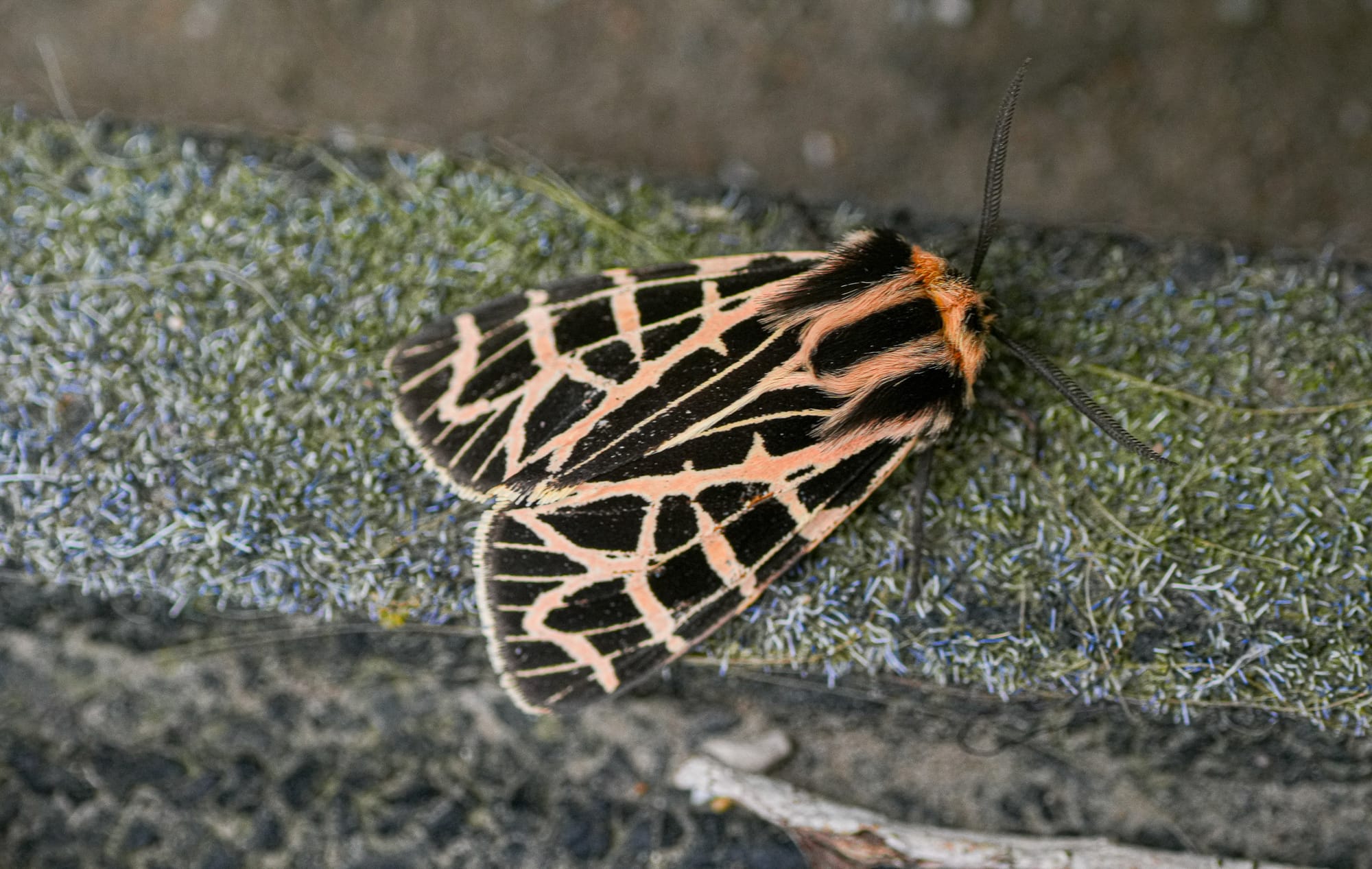
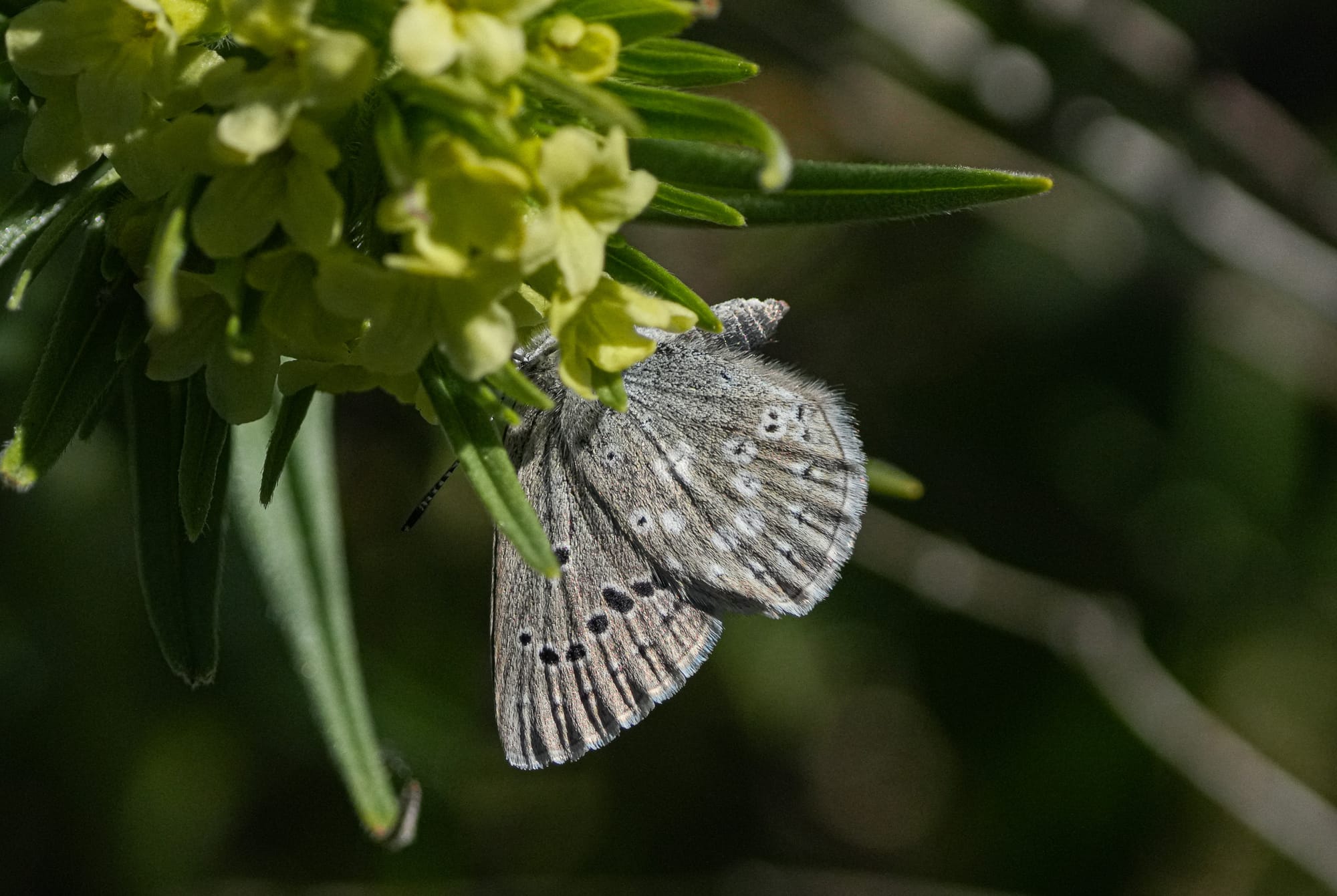
Observation of the Week: Bitterbrush
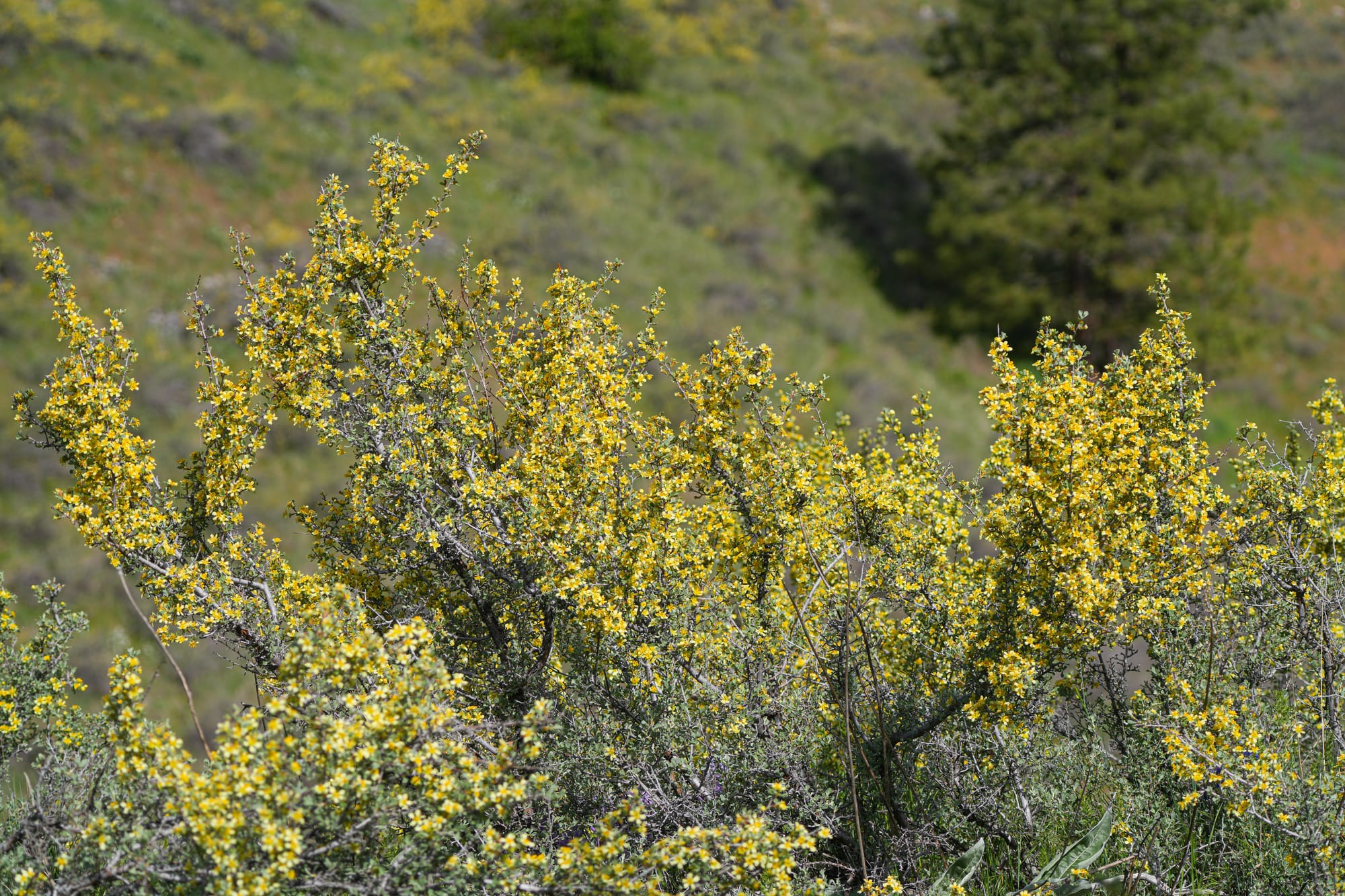
As our spring flush of shrub-steppe flowers takes a bow and steps aside, they set the stage for an explosion of bitterbrush flowers that are carpeting the hills right now.
Bitterbrush are members of the rose family, and you can see the resemblance in their flowers, with the same loose floppy petals and tangled masses of stamens. They even have a spicy, sweet smell, which might be faint when there's only a few flowers but is more noticeable when you're standing on a hillside of bitterbrush.
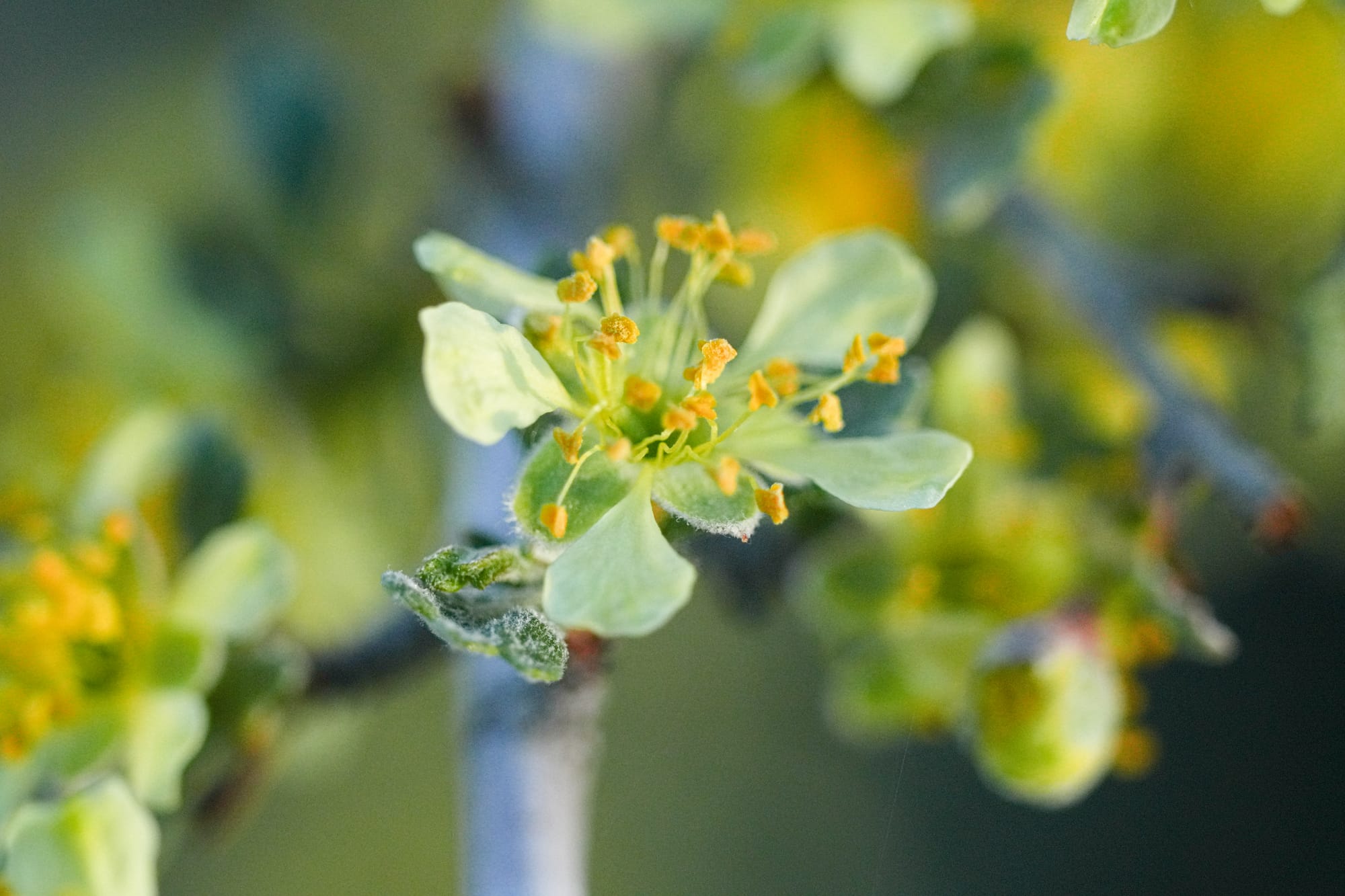
These tough, wiry shrubs are so common they are easily overlooked or taken for granted. But they are one of the most important winter foods for deer, and they are also a vital component of shrub-steppe habitats around the valley. In fact, they are so important that there's an entire book written about their ecology.
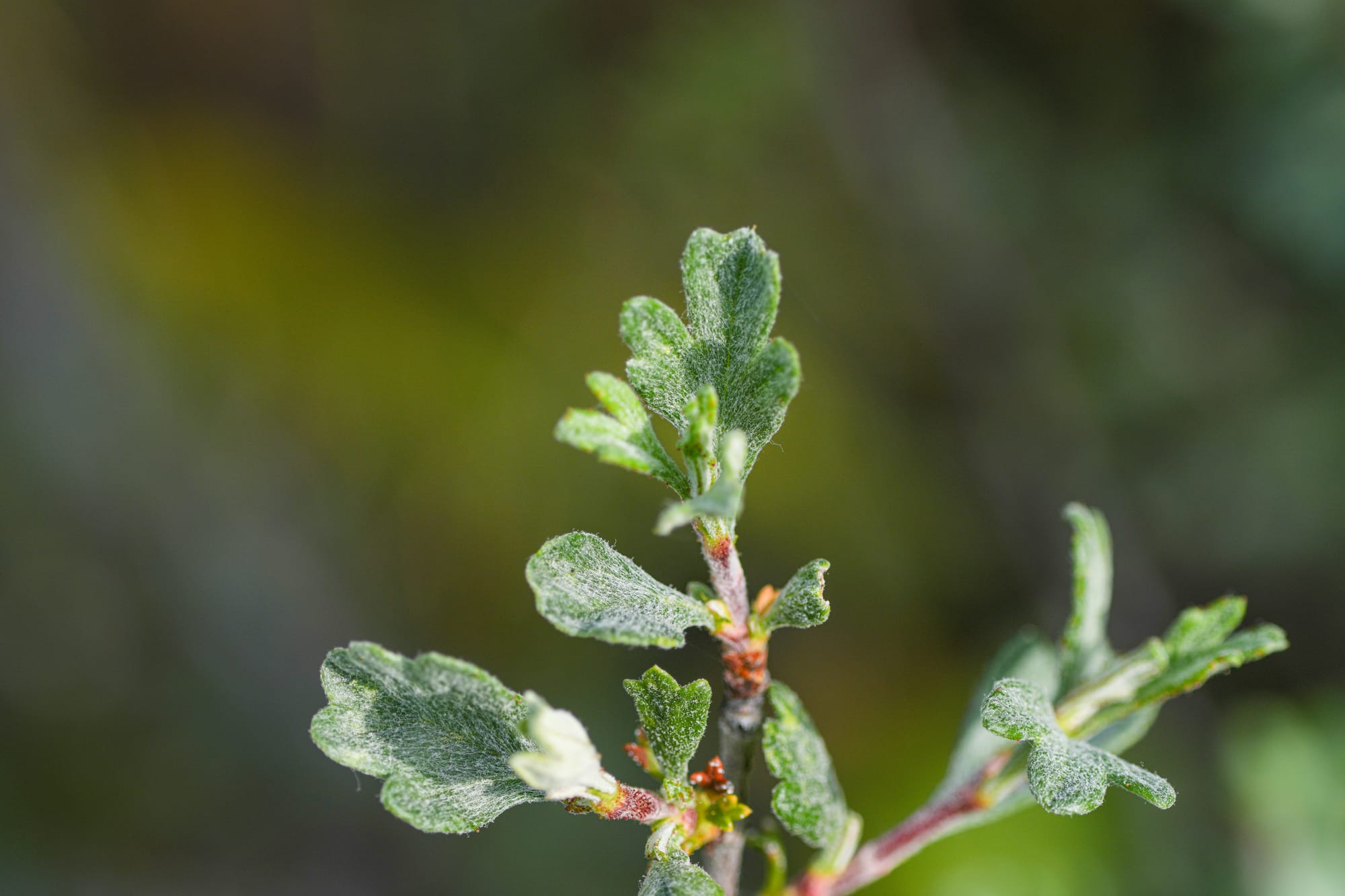
One critical function of bitterbrush is that each plant may live over 100 years, while their roots typically extend over 15 feet deep. At this depth they access water and pull it towards the surface where the water can be used by other shrub-steppe plants that have shallow root systems. It's entirely possible that when bitterbrush is removed, the upper soil dries out and far fewer plants survive?!
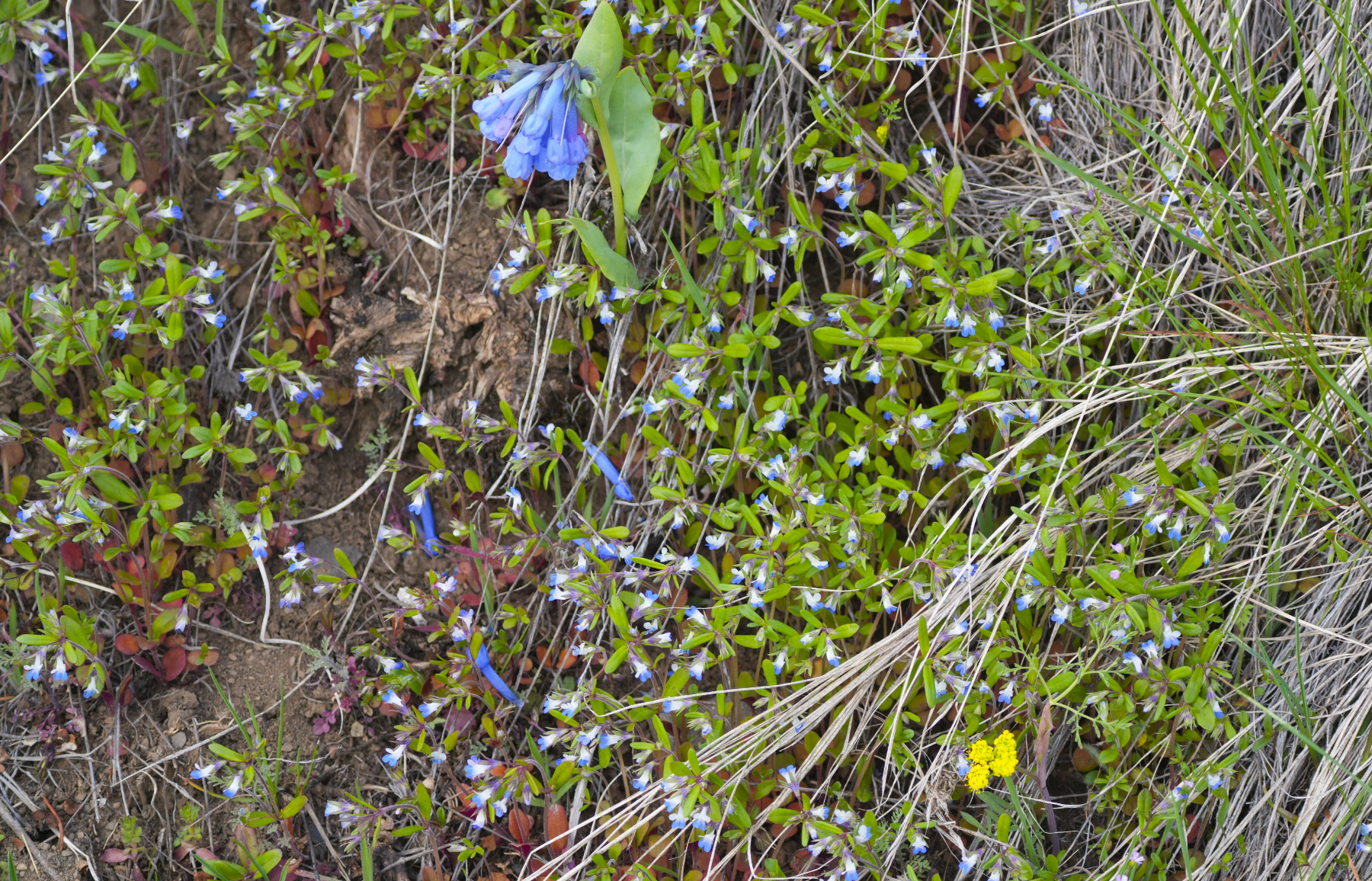
Another part of their story is that when bitterbrush goes to seed their old flower parts wrap around the seeds. These flower parts contain germination-inhibiting compounds that prevent seeds from simply falling to the ground and sprouting under the parent plant, where they would compete for limited water.
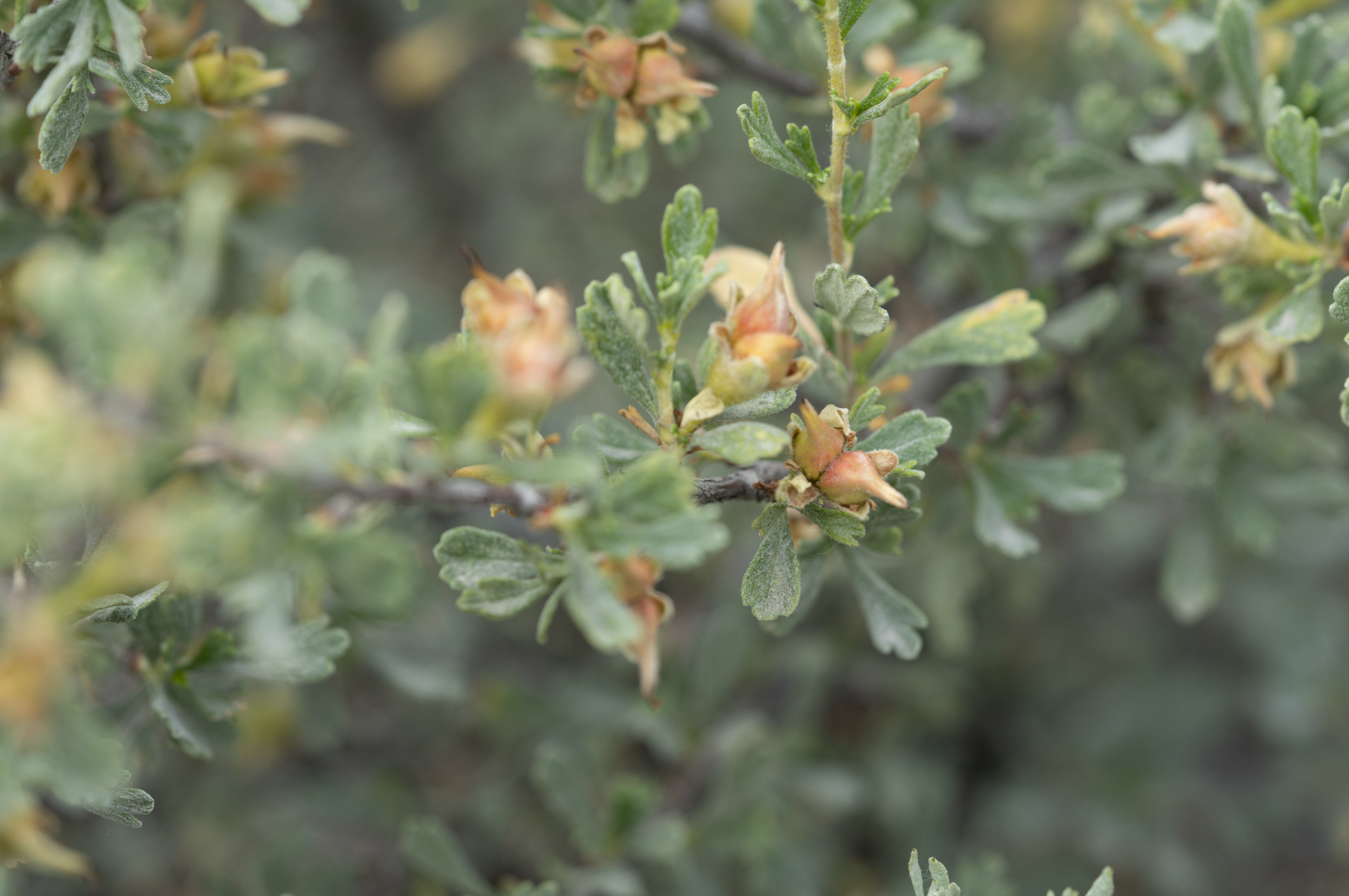
Fortunately, nearly every single bitterbrush seed is collected by ants and mice, with the mice stripping off the flower parts then burying the seeds in small caches all over the landscape. Surprisingly the mice don't eat these cached seeds, instead they plant them then return in the spring when the seeds start sprouting. Their goal is to eat the emerging cotyledons because these first leaves contain carotenes that trigger the rodent's reproductive cycle.
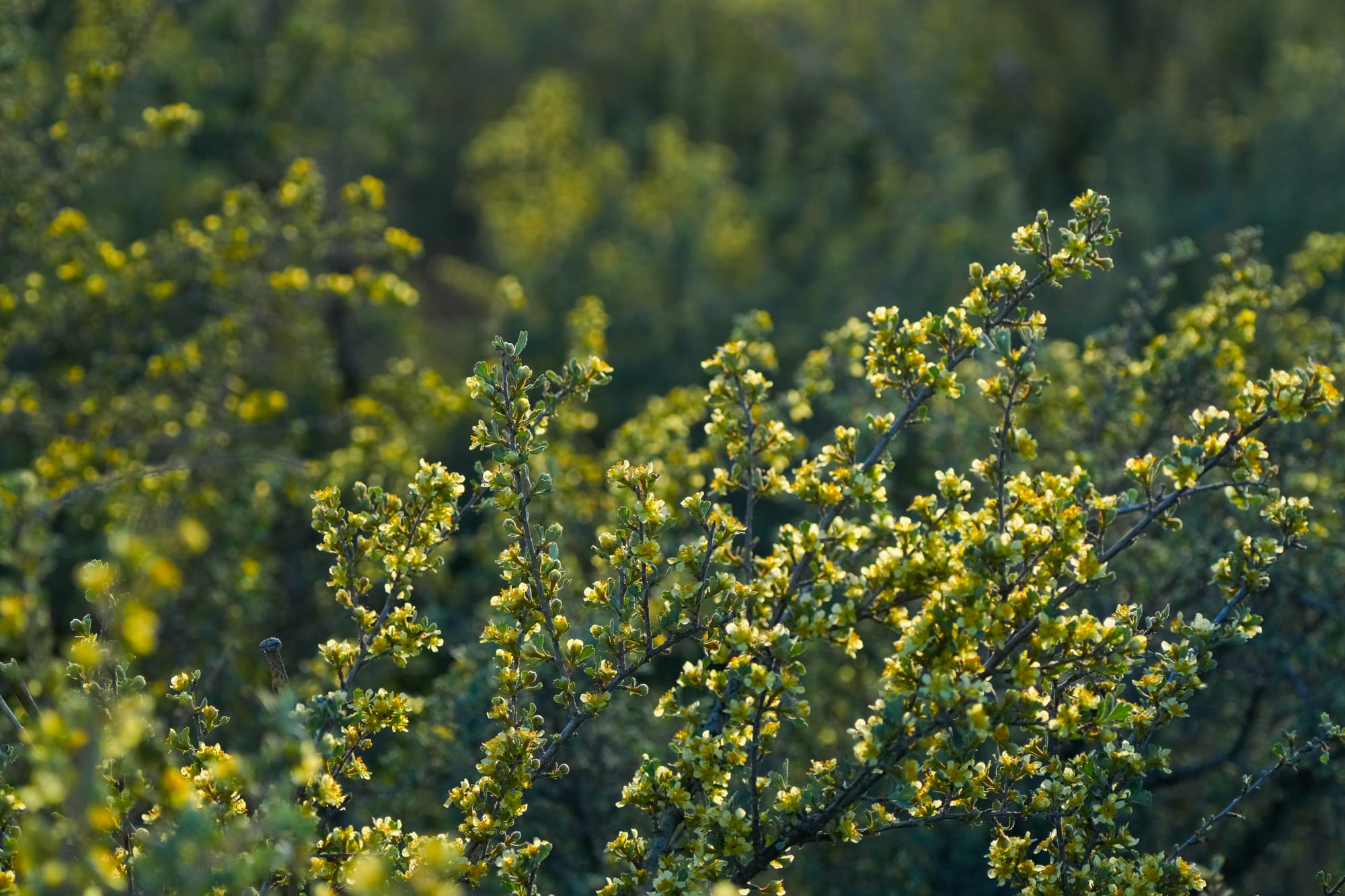
There's a lot more to say about bitterbrush, but I'm always saddened when I see people clearing these shrubs because this has a deep and long-lasting impact that can't be easily repaired once you remove the bitterbrush.

